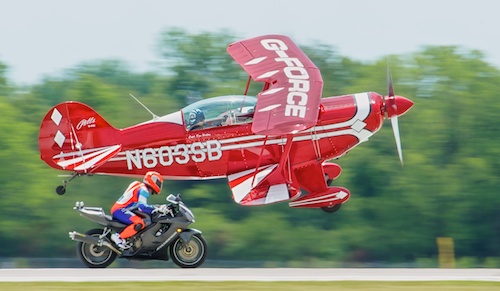
Panning Shots - The Practice is Worth it!
It takes practice and patience to develop a good panning technique, but the shots captured will make you proud. Chances are you already have some of the basics down and just don't realize it. Panning relies on good form and a steady motion - similar to a golf swing, skeet shooting and other activities. Here are some quick tips to get you started:
Stance
Holding technique
- There are many ways to do this and not necessarily "one" right way - this is how I do it:
- Press the camera against your face to increase stability. A larger, cushioned eye-cup can make this more comfortable and effective
- Tuck your elbows into your side, increasing stability
- Lean slightly into your shot - this will create a more stable "triangle" between your face, front hand and tucked in elbows
Settings
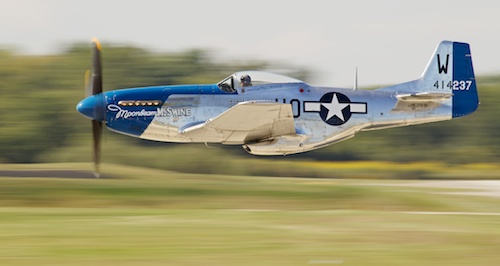
Select your target
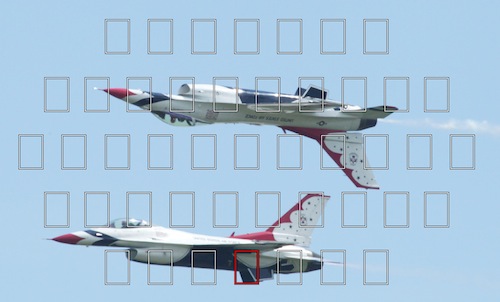
Aim and move
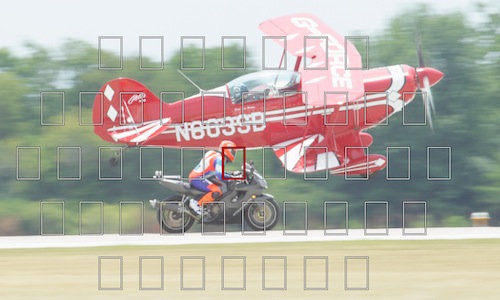
Follow through
- You want to shoot on continuous - as fast as your camera can go. With practice you'll surely get better and have more "keepers" but even the best rarely achieve better than a 50/50 average keeper rate on difficult targets
- Start early . . . end late
- Begin your shooting sequence a second or two early - it will give you time to get the "rhythm" and allow your image stabilization to spin up
- Use image stabilization? Well, it depends. Read up on your camera / lens. Some systems have a special setting for image stabilization during panning
- At the end of your series of shots, keep the motion going past the point of action. You will naturally tend to slow down at the very end and you want to ensure you're still in rhythm when your last shutter click occurs

Practice
- There really is no substitute for it, and it's amazing how much better your equipment seems to work when you practice!
- Don't get discouraged. Action shooting has a lot going on, focus on one issue at a time (panning, lower shutter speed captures, exposure, composition) and build up gradually. Want to learn some other Air-show basics, check out this article from the beginning of the 2013 season.
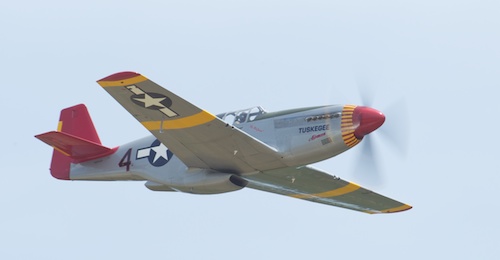
Have fun and stay in focus!
Mark















